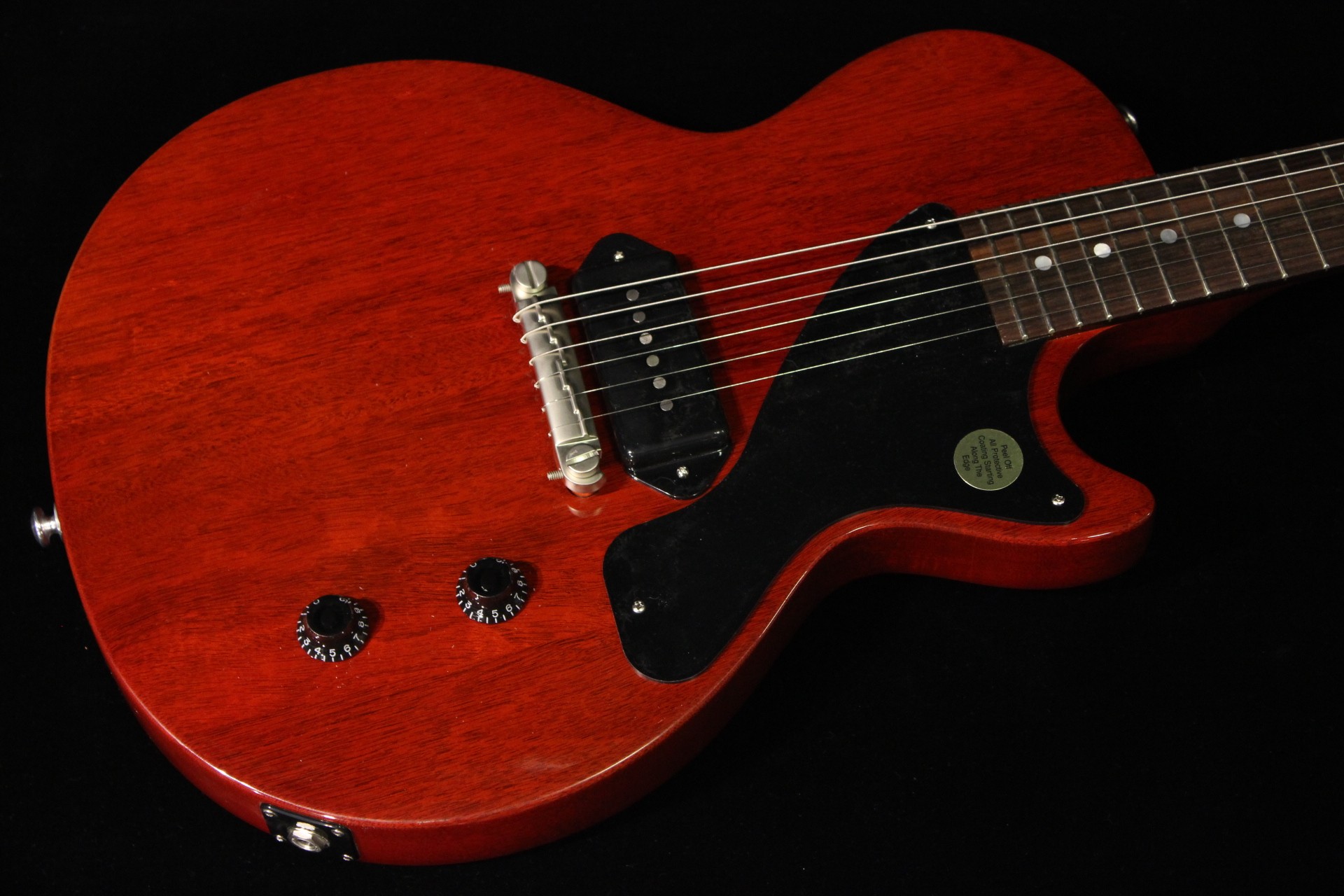
In addition, several new solid-top guitars were rolled out, along with beginner and intermediate instruments. In ’76, Gen II Sigmas made in Japan were introduced with the type S peghead, a new logo, different label, and other changes to synchronize with Martin’s domesitc models.

Other twists for Gen II included a line of five Tokai-made electric solidbody guitars, and the first non-guitar – the SB-5 banjo.ĭuring this and later periods, Sigma actually made several types and models of acoustic and electric guitars, but they were mostly exported to Europe and distributed through Levin & Sons, a Martin-owned company based in Sweden. Those tops were part of the upgrades on three models – the DT-22, DR-11, and DR-9 – which also sported a tapered headstock closer to the modern Martin company documents referred to the design as the “type S” peghead. Martin & Co., Nazareth, Pennsylvania, USA.” The model designation was usually hand-written in ink along the bottom border.īy late ’72, the zero fret was being phased out and the saddle made non-adjustable, but still perched on a fixed bridge… except on the 12-string DR-12-7 – a fact that plagued Martin sales reps, who were advised to “convert” dealers to the DM-12-5.īeginning in ’73, certain lower-end models were manufactured in Korea, setting a pattern of multi-country/multi-manufacturers that continued throughout the run.īy 1974, the initial Gen II instruments had arrived, and while they retained the spatula headstock and covered truss rod, they turned things up a notch by introducing solid tops. Some very early DR-7 and DM-5 batches had what collectors call an interior “type zero” white label with a black border and the Gen I logo printed with “Produced and distributed by C.F. The initial batches had a zero fret, covered truss-rod access, and bridges with a saddle “elevator.” Roughly 20 models were offered the classical instruments had slot pegheads, while the acoustic flat-tops were characterized by a flat headstock reminiscent of a chef’s spatula (and now nicknamed as such), with the logo consisting of a gold decal of the word “Sigma” surmounted by the corresponding Greek letter (∑) in mother of pearl. The instruments employed economy-minded materials like laminated woods for their tops, sides, and back, but were generally well-constructed. Seeking to compete in the market for budget-grade instruments, in 1970, Martin began importing acoustic guitars made by subcontractors in Japan. In an attempt to remedy the situation, we offer this guide to the essential information on the enigmatic brand. Thus, there is scant information on the brand – mostly anecdotes in far-flung strands of the internet suppositional at least, unsubstantiated at best. If you’re one who has developed a taste for them (or other vintage Japanese brands), you likely know that Martin – as it readily admits – kept few notes regarding the Sigma line. You may also wish to consult guitar price guides or Blue Books.Long overlooked and relegated to an obscure corner of the collectible market, Sigma by Martin guitars have recently gained popularity among a new generation of collectors. I have written an article which details sources for determining instrument's value here.

Martin Shenandoah's are subject to the same warranty guidelines as other Martin guitars.
#MARTIN GUITAR SERIAL NUMBERS 2015 SERIAL NUMBER#
These numbers correspond with Martin's standard serial number listing which applies to Martin guitars as well. Shenandoah guitars can be dated by the 6 digit serial number stamped on the neck block inside of the instrument. Similar to their Martin counterparts, style numbers often denote materials or the "ornate-ness" of an instrument.the higher the number the more jewelry the girls got on. Prefixes commonly used to denote a style or option: Steel string, classical nylon string and 12 string Shenandoah's were available. The D-6032 which was made using Birdseye maple, the D-6732 which was Quilted Ash. There were other lesser known models as well. For instance, the Shenandoah D-1832, is a D-18 copy, the D-2832, a D-28 copy and so on. Shenandoah guitars were usually given the model number of the Martin guitar they resembled, superseded by the number 32. The practice of bi-continental production eventually met it's demise and Shenandoah's were produced entirely in Japan their final 3 years from 1994-1996. In an attempt to offer lower priced instruments, Martin's line of Shenandoah guitars were built in Japan and then shipped back to the Martin factory in Nazareth PA for painting and final assembly. Nato wood necks were common, as well as rosewood fingerboards and bridges which were stained black to look like ebony.Īgain, these are generalities and may not apply to every single one produced. To my knowledge those assembled in the US (1993 and earlier) had solid spruce tops, laminated back/sides and finished with lacquer.

Shenandoah guitars were produced from 1983 to 1996.


 0 kommentar(er)
0 kommentar(er)
